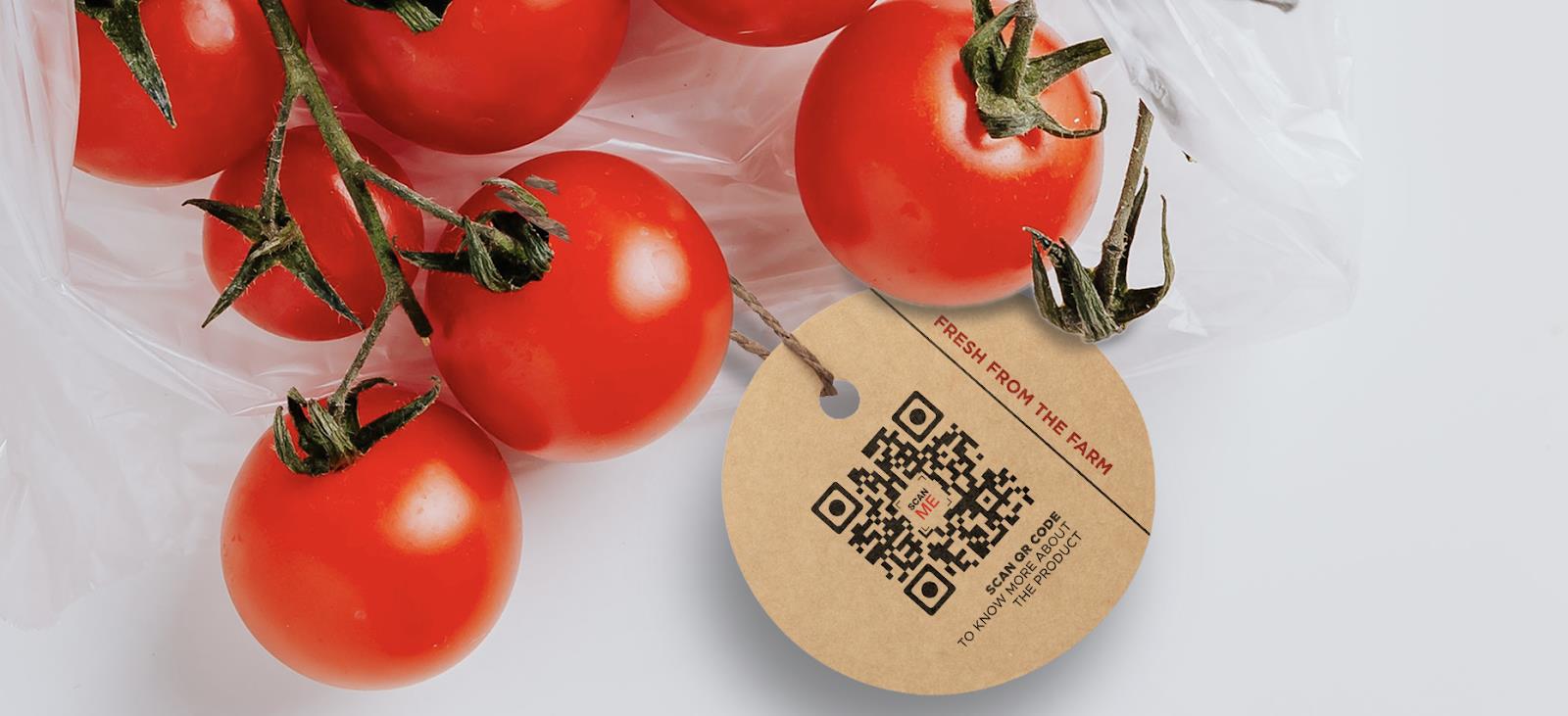3 Effective Ways To Use QR Codes in Farmer’s Markets
QR codes in farmer’s markets are used mainly for seamless mobile payments. Farmer’s markets have gotten so popular that there are now more than 8,000 of them registered in the National Farmer’s Market Directory of the USDA.
The best free QR code generator with logo online offers features that fit the local vendors’ needs. But the question is, how do you use a QR code for farmer’s markets effectively?
Read on for some real-life use cases of how local markets benefit from using QR codes.
What is a farmer’s market?
A farmer’s market is where local farmers and other vendors sell their goods. Delicious food stalls and freshly harvested fruits and vegetables are sold — typically with no artificial additions.
Grocery stores also sell these products in one store, and it can save you time and effort. But do you know why buying in a farmer’s market is better?
Imagine this and try to compare. When you buy in a grocery store, the product is marked way up to pay for the cost of logistics. These are a mix of local produce, and fruits coming all the way from, say, South America.
But if you buy in a farmer’s market, the food is fresh, sold a lot cheaper, and it can last longer. You’re also helping the local economy by buying straight from the farmers themselves.
You also get to meet the people behind the product.
There’s this great sense of community every time you buy in a farmer’s market. It’s fun, social, and engaging because you know where the products came from.
Farmer’s market-goers are able to support local small businesses. You don’t have to worry about GMOs. You can help your country’s economy, learn preparation and storage tips from the experts, and socialize with your community.
Best use cases of QR codes in farmer’s markets
- Easy payment process
QR codes can simplify your payment process. Online payment platforms like PayPal embraced new ways to improve the way people do business.
By using a QR code generator with a logo online, cashless payments are even more exciting. PayPal’s primary goal is to help microbusinesses, including farmer’s markets.
QR codes are one of the best low-cost mobile payment tools that can help them recover from the pandemic.
- Use QR codes to connect online and offline worlds
QR codes can let farmer’s market vendors connect online and offline worlds. Some of their best uses are in using QR codes to claim discounts and coupons, which can help generate more sales.
Placing a QR code on print ads that offer discounts or coupons can be a good way to attract prospective buyers.
Another use of a QR code is to view a store’s business information. QR codes can allow you, as a customer, to easily access a business’ information on your phone.
They also help increase a business’ social media engagement. Farmer’s market vendors can also encourage customers to visit and engage with their social media pages.
- QR codes on product signage
Putting QR codes on product signs is a good way to use them at a farmer’s market. For example, if a vendor sells a bunch of strawberries, he can put a QR code with information about the strawberries on the side of the sign.
It can show the farmer’s website, or a short video about the farmland — where the strawberries came from, and the process of farming it.
A PDF QR code, on the other hand, can tell the family business’ story in text and image form.
Now that people have smartphones with them everywhere they go, scanning QR codes can be quick and easy. Farmer’s market vendors can use QR codes to easily relay information to their customers.
QR codes can help vendors generate more sales and connect with their customers better. How do you plan to use it for your own business? Share your thoughts in the comments.

